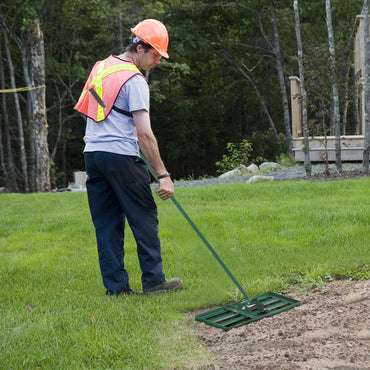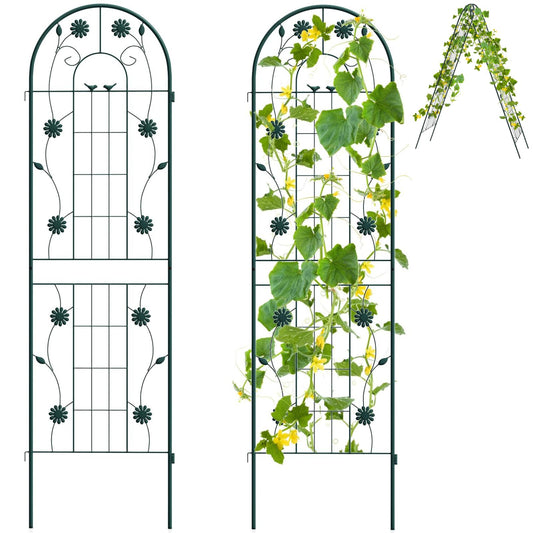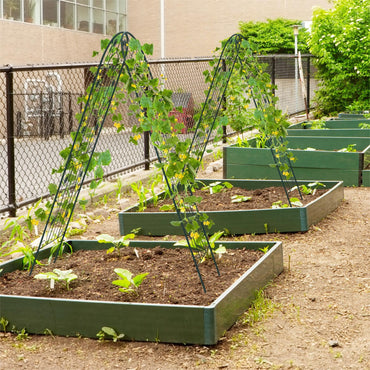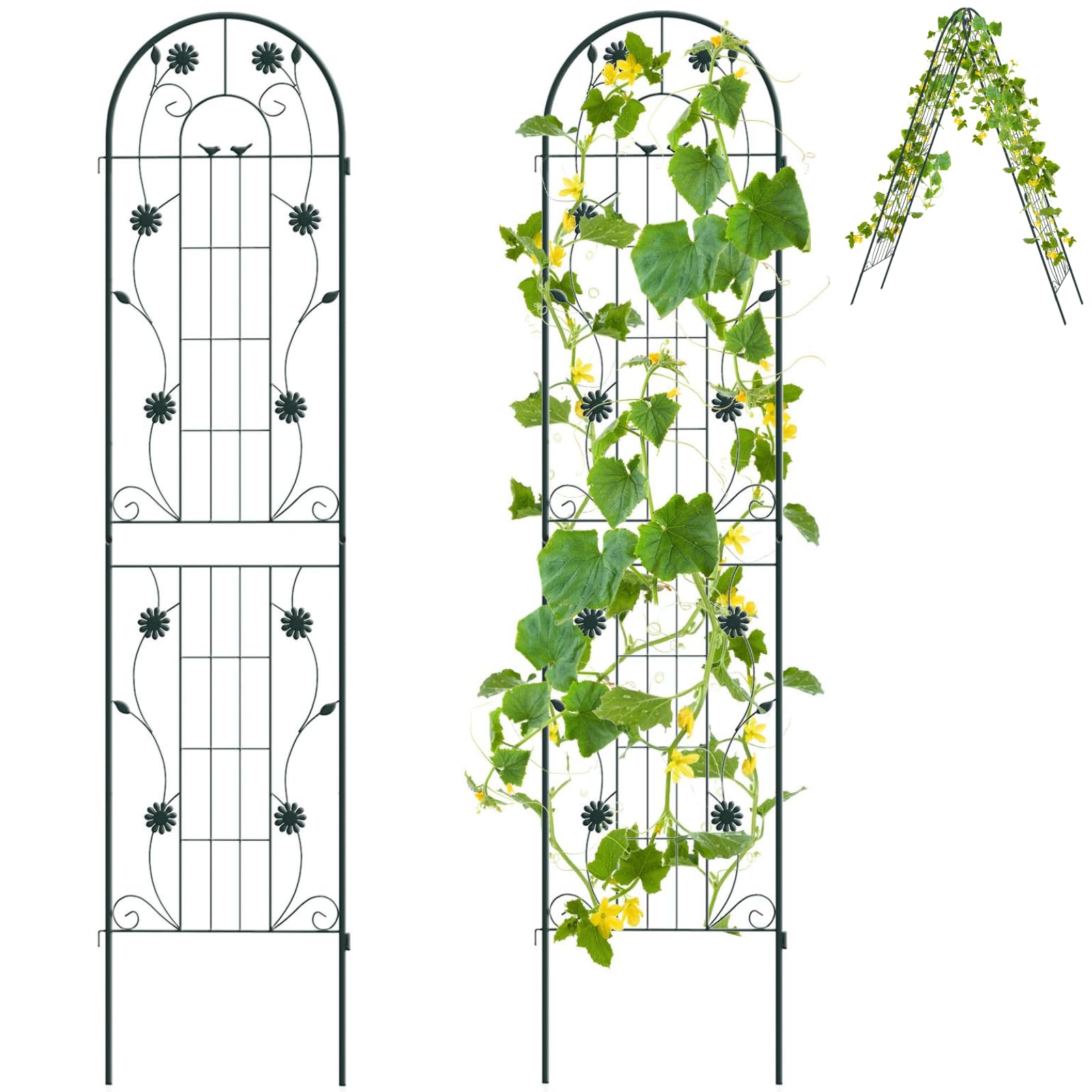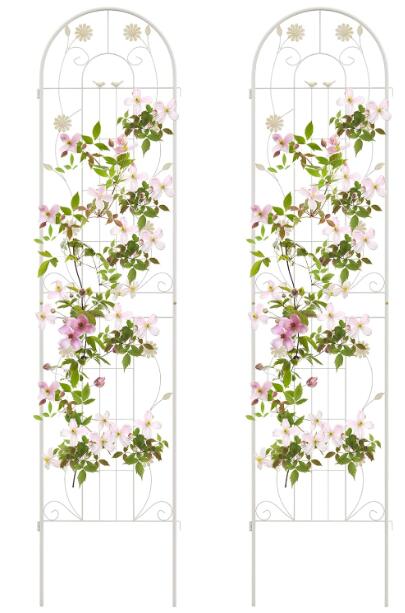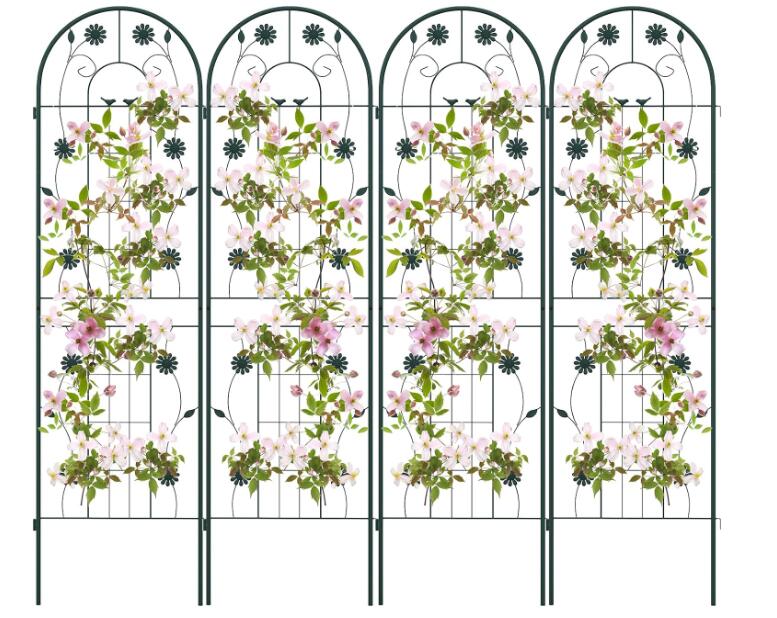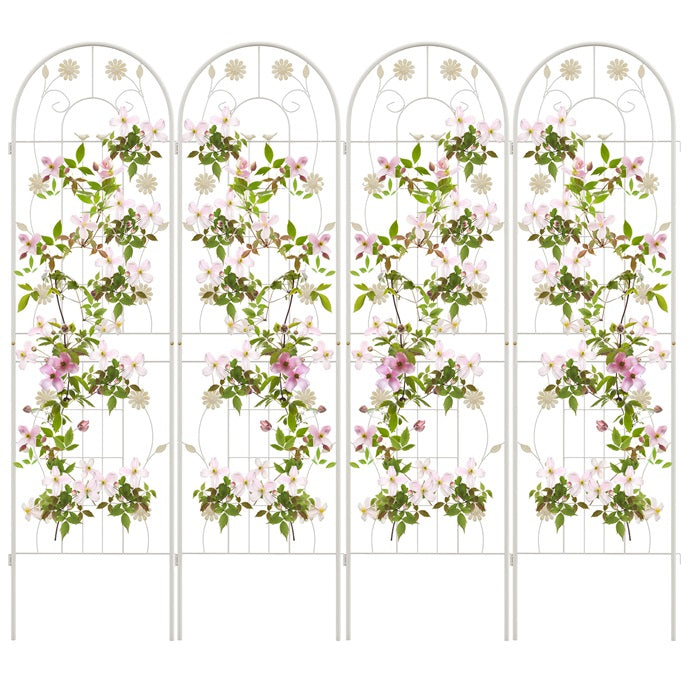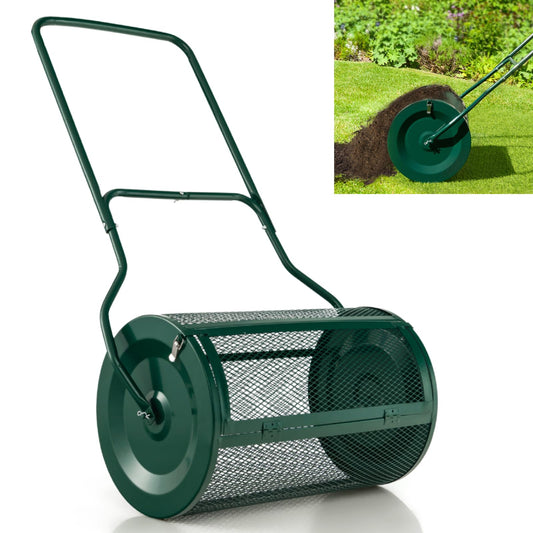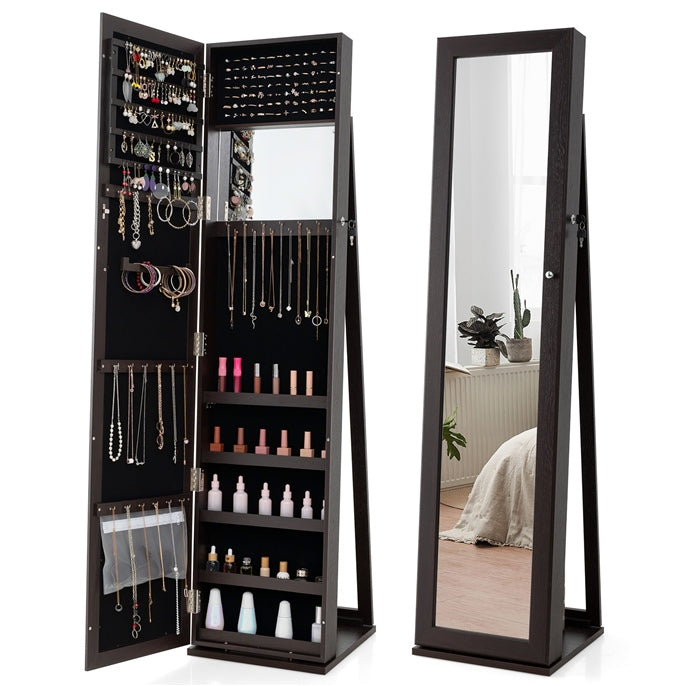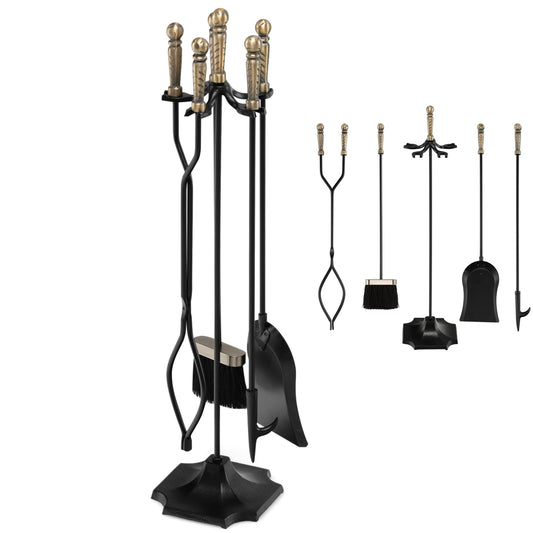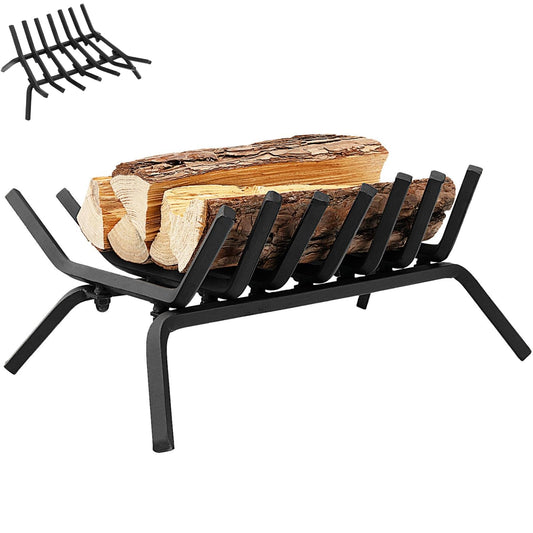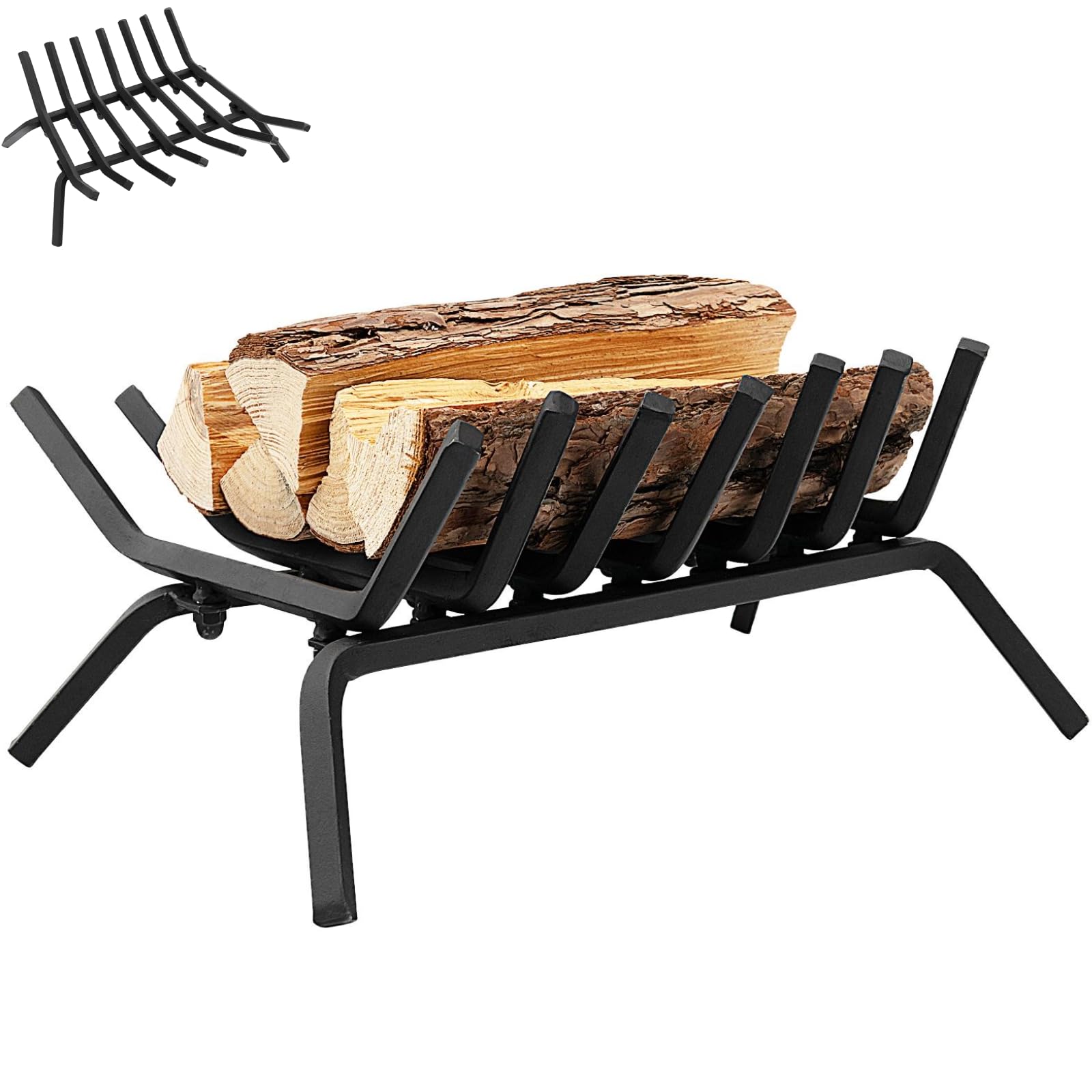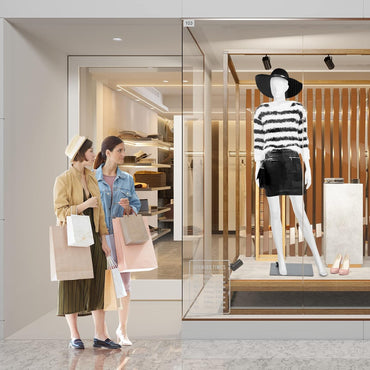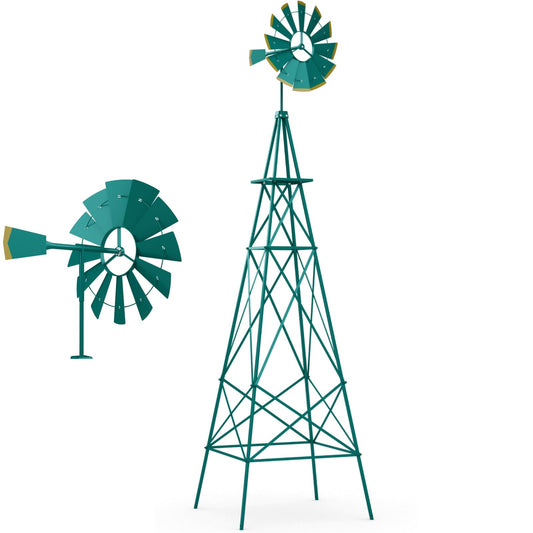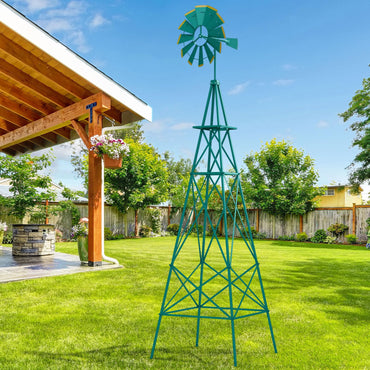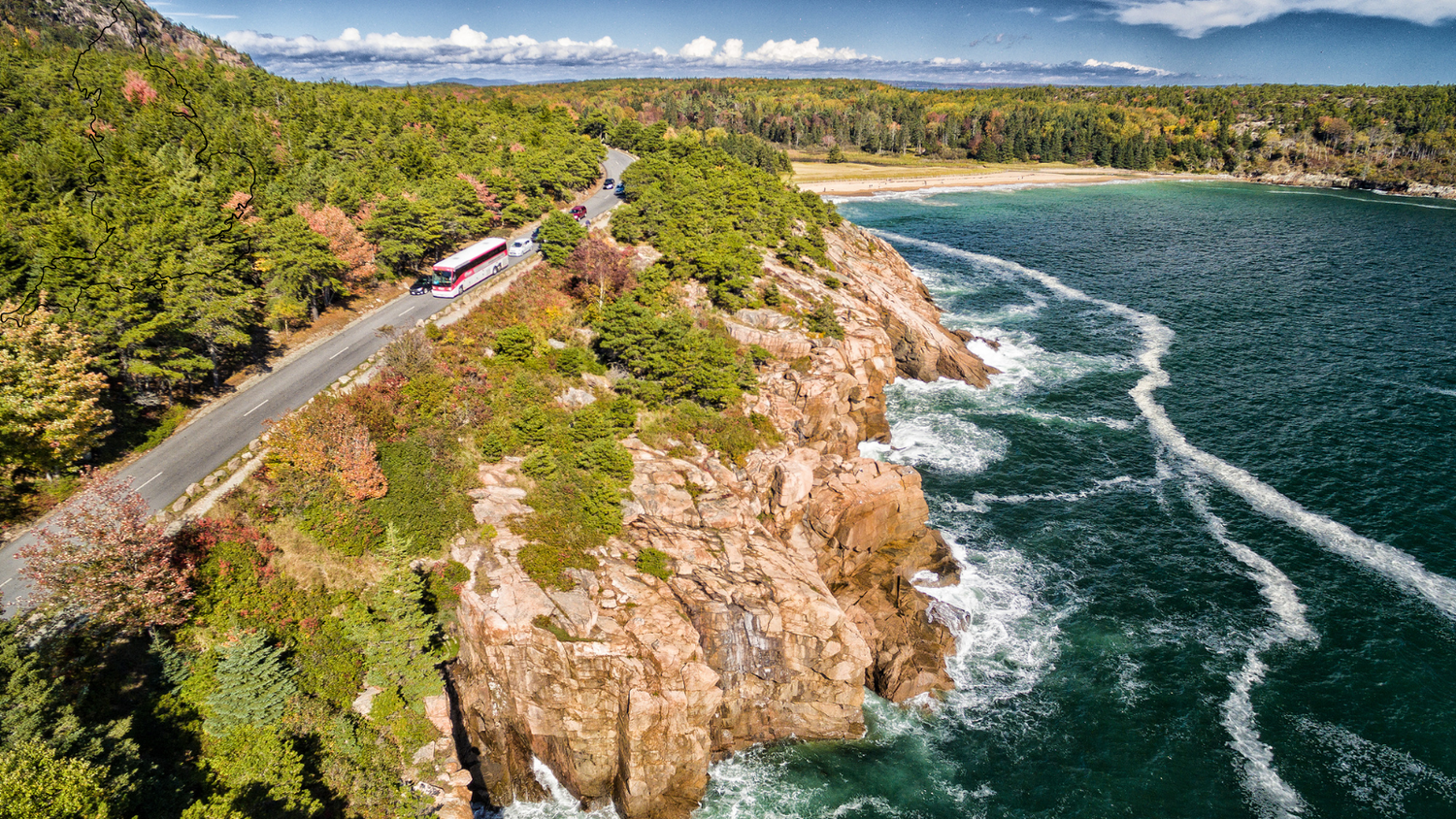For generations, the image of a Christmas tree in a British home has been one of a fragrant Norway spruce, its needles creating a fragrant, if messy, carpet beneath the twinkling lights. But step outside the front door, and you’ll witness a quiet revolution. Across the United Kingdom, from bustling city centres to vibrant village fetes, the artificial tree is no longer just a convenient household alternative; it has become an essential, versatile, and sustainable star of the national events scene.
Gone are the days of flimsy, unconvincing imitations. Today’s artificial trees are the workhorses and centrepieces of our national celebrations, enabling activities and festivals to be more spectacular, durable, and inclusive than ever before. Let’s explore how these engineered evergreens are rooting themselves firmly in British culture.
The Unbeatable Practicality for a British Climate
The UK’s festival season is a marathon, not a sprint. It kicks off with autumn harvest festivals, runs through Bonfire Night, and culminates in the grand spectacle of Christmas. The British weather, famously unpredictable, is the arch-nemesis of the traditional tree. A real tree erected in a town square in late November is a sad, balding spectacle by mid-December.
Artificial trees, however, are built to endure. They laugh in the face of wind, rain, and frost. Their PVC or PE needles don’t drop, creating a safer environment free from slippery hazards and a cleaner one for event organisers. This resilience ensures that the majestic tree in your local high street or at your favourite winter festival looks as lush and vibrant on its final night as it did at the grand switch-on, maintaining the magic for the entire season.
A Canvas for Creativity and Theming
While a real tree has a certain rustic charm, its form is fixed. An artificial tree, however, is a blank canvas. This is where the true magic happens for event organisers. Themed festivals and activities, which have grown immensely in popularity, rely on this flexibility.
Imagine a Harry Potter-themed Christmas market at Warner Bros. Studio Tour London. Here, artificial trees can be dusted with "magical" white flocking and adorned with golden snitches and house-colour baubles, creating a perfectly themed Diagon Alley atmosphere. For a Winter Glow festival in a botanical garden, trees in stunning, non-natural colours—vibrant pinks, icy blues, or pure whites—can be used to create surreal, Instagram-wonderland scenes that would be impossible with nature’s own.
Beyond Christmas, artificial trees are used for weddings, where they are draped with fairy lights and photos of the happy couple, or at summer festivals painted bright colours to create whimsical "Enchanted Forest" zones. This creative freedom allows each event to craft a unique and memorable identity.
Sustainability and Reusability: A Greener Festival?
This point often sparks debate, but in the context of public events, the artificial tree makes a compelling case for sustainability. A real tree for a public space is used once and then often chipped or discarded. Its carbon footprint involves cultivation, transportation, and disposal.
A high-quality artificial tree, by contrast, is a long-term investment. A local council or event company can purchase a stunning tree and reuse it for a decade or more. This drastically reduces its annual environmental impact. Furthermore, the lack of needle drop eliminates organic waste, and modern artificial trees are increasingly made from recyclable materials. For events striving to improve their green credentials, a reusable artificial tree is a logical and responsible choice, ensuring that festive joy doesn’t come at the cost of the planet.
Driving the UK's Event Economy
The rise of the artificial tree has also been a boon for the UK's event economy. British companies now specialise in designing, manufacturing, and hiring out spectacular trees for all occasions. From the towering 50-foot giants that dominate city squares to smaller, pre-decorated models for boutique hotels and private parties, this is a thriving industry.
The hire model, in particular, is genius for smaller activities. A school fete, a corporate winter party, or a community group can now have a professional-looking, beautifully decorated tree without the upfront cost of purchase or the hassle of storage. This accessibility means that even the smallest events can achieve a high level of professional presentation, raising the bar for community celebrations across the country.
The Iconic Examples on UK Soil
You don’t have to look far to see this trend in action. The world-famous Christmas at Kew Gardens in London uses artificial trees and structures to ensure its breathtaking light trail remains pristine throughout its long run, regardless of weather. Similarly, the Edinburgh Christmas Market relies on sturdy, reusable artificial trees to maintain its festive charm from late November until early January, a timeline that would decimate a forest of real firs.
The Future is Artificial
The artificial tree in the UK has successfully shed its image as a mere substitute. It has carved out its own essential niche as a practical, creative, and sustainable tool for event creation. It allows communities to celebrate longer, more creatively, and more reliably.
So, the next time you gather with family at a frosty winter market, or dance beside a colourfully lit tree at a summer festival, take a moment to appreciate this modern marvel. It’s not just a tree; it’s the silent, steadfast, and spectacular guardian of British festivities, ensuring the show goes on, beautifully, come rain or shine.



